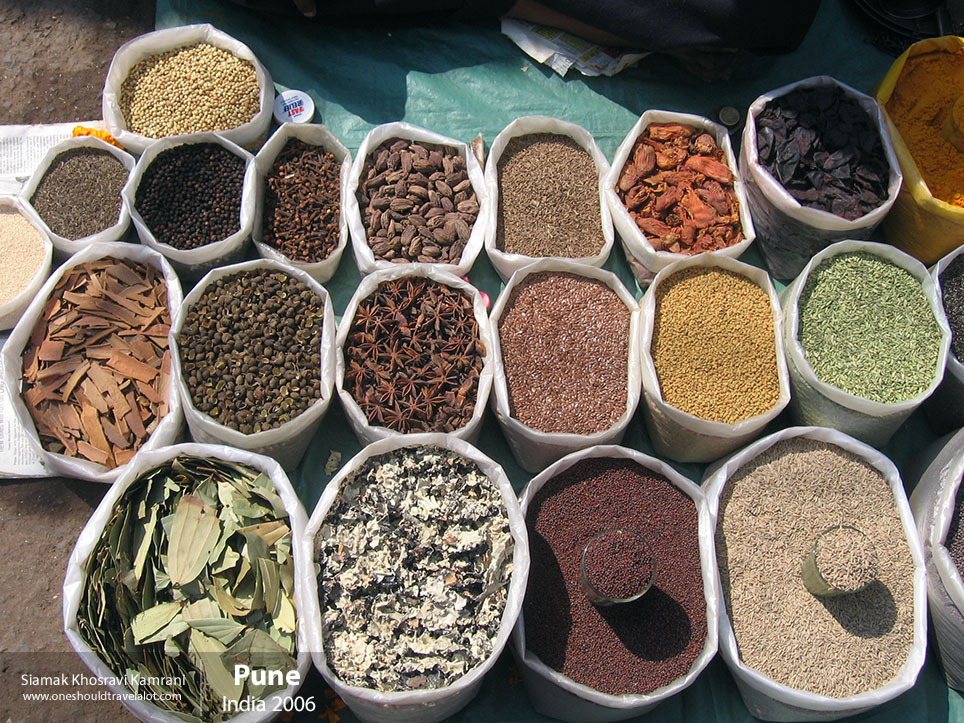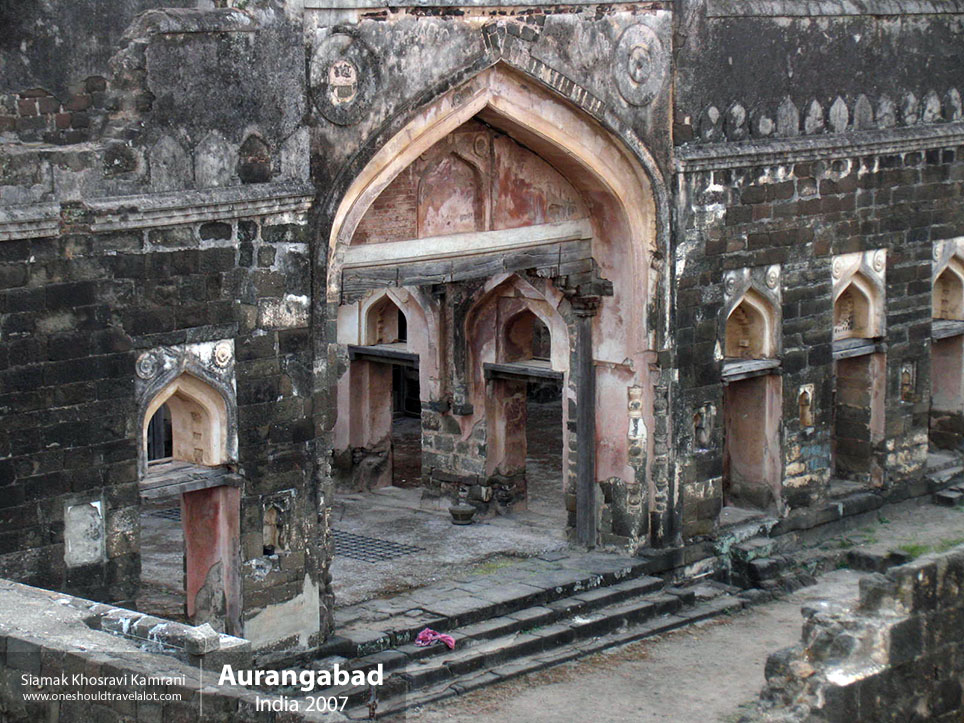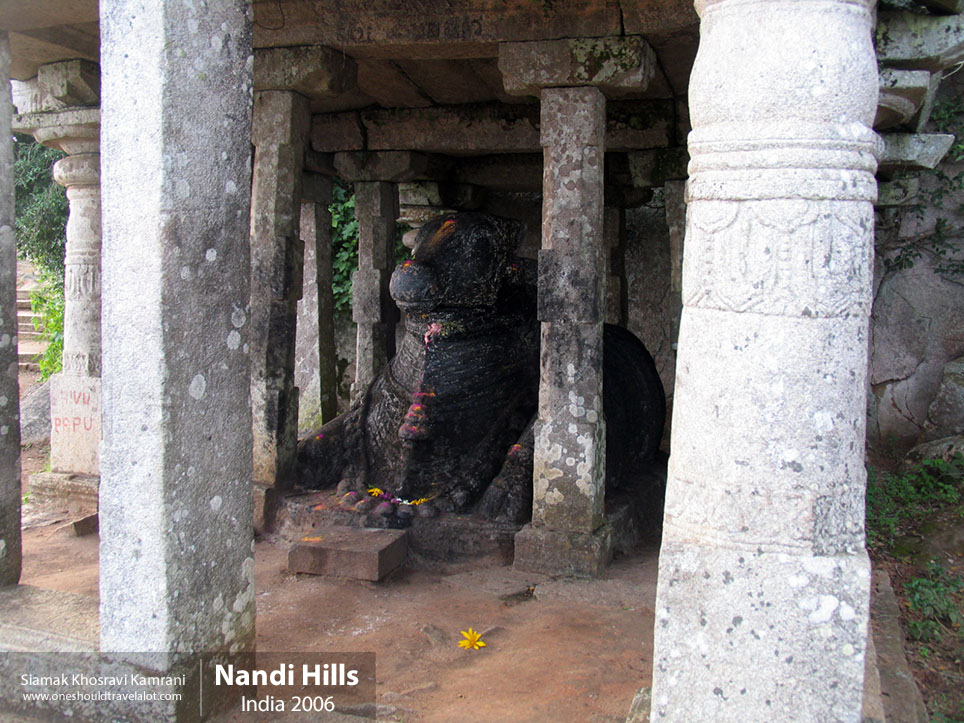A Photographic Journey to Pushkar, India
Pushkar, a quaint town nestled in the heart of Rajasthan, India, is a haven for photographers and travelers alike. As I stepped off the bus, I was immediately greeted by the vibrant colors and the warm, dry breeze that characterizes this part of the world. Pushkar is not just a destination; it’s an experience that touches the soul with its deep-rooted spirituality, rich culture, and stunning landscapes.
First Impressions of Pushkar
The town of Pushkar is a stark contrast to the bustling cities of India. It’s serene, with narrow lanes that meander through bustling bazaars, ancient temples, and tranquil ghats. The standard of living here is modest but rich in culture and traditions. The people are friendly and always ready with a smile, eager to share their stories and customs with travelers. The societal conditions reflect a community deeply connected to its spiritual heritage and a simpler way of life.
The Spiritual Heartbeat of Pushkar
Pushkar is one of the oldest cities in India, and its spiritual significance is palpable. At the heart of this town lies the sacred Pushkar Lake, surrounded by 52 ghats where pilgrims from all over the country come to take a holy dip. Legend has it that the lake was created by the petals of Lord Brahma’s lotus flower, making it one of the most revered pilgrimage sites for Hindus.
Walking along the ghats, I observed the daily rituals of devotees offering prayers, chanting mantras, and lighting oil lamps. The atmosphere is serene and meditative, broken only by the occasional ringing of temple bells. The Brahma Temple, one of the few temples dedicated to Lord Brahma in the world, stands as a testament to the town’s spiritual aura. As I captured these moments through my lens, I felt a profound sense of peace and connection to something greater than myself.
The Bustling Bazaars of Pushkar
Pushkar’s bazaars are a photographer’s dream, bursting with vibrant colors and an array of textures. The main bazaar is a labyrinth of narrow lanes lined with shops selling everything from traditional Rajasthani handicrafts, jewelry, and textiles to musical instruments and spices. The sounds of vendors calling out to customers, the smell of incense, and the sight of colorful turbans and saris create a sensory overload that is both exhilarating and enchanting.
I spent hours wandering through the bazaar, capturing candid shots of local artisans at work, women in bright saris bargaining with shopkeepers, and the occasional camel sauntering through the lanes. Each photograph tells a story of a town that, despite its small size, is a melting pot of cultures and traditions.
The Camel Fair: A Spectacle of Culture
One of the most famous events in Pushkar is the annual Pushkar Camel Fair, held in November. This vibrant event attracts thousands of tourists and locals alike, transforming the town into a bustling carnival. The fair is a unique blend of livestock trading, cultural performances, and religious rituals.
As a photographer, the fair is a treasure trove of opportunities. The sight of hundreds of camels decorated in colorful attire, the sound of folk music and dance performances, and the aroma of traditional Rajasthani cuisine create a festive atmosphere that is simply irresistible. I spent days photographing the various aspects of the fair, from the camel races and beauty contests to the bustling market stalls and traditional performances. The fair is a celebration of Rajasthani culture at its finest, and every photograph I took felt like a vibrant piece of this cultural mosaic.
The Desert Landscape of Pushkar
Beyond the town, the arid landscape of the Thar Desert stretches as far as the eye can see. The desert offers a stark but beautiful contrast to the vibrant town. I took a camel safari into the dunes, where the golden sands and the vast, open sky provided a serene backdrop for my photographs.
The desert landscape is mesmerizing, especially during sunrise and sunset. The play of light and shadow on the dunes creates an ever-changing canvas that is a photographer’s delight. As I rode through the desert, I felt a sense of solitude and timelessness, capturing the raw beauty of this harsh yet captivating environment.
The Cuisine of Pushkar
No visit to Pushkar would be complete without indulging in its culinary delights. The town offers a variety of vegetarian dishes, in line with its religious significance. The street food here is a gastronomic adventure, with offerings like kachori, samosa, and the famous malpua—a sweet delicacy that is a must-try.
I visited several local eateries, each with its unique flavors and specialties. The cafes around Pushkar Lake offer a relaxing spot to enjoy a meal while taking in the serene views. As I savored the local cuisine, I realized that the food here is not just about taste but also about the experience of sharing a meal in a place steeped in tradition and spirituality.
The People of Pushkar
The true essence of Pushkar lies in its people. The locals are warm, hospitable, and deeply connected to their cultural heritage. I met numerous individuals who shared their stories and traditions with me, adding depth to my understanding of the town. From the priests at the ghats to the artisans in the bazaar, each person I encountered added a unique perspective to my journey.
One memorable encounter was with a local musician who played the traditional Rajasthani folk instrument, the Ravanhatta. His music was hauntingly beautiful, and as he played, I captured his expressions and the emotion in his performance. It was moments like these that made my journey to Pushkar truly unforgettable.
The Cultural Tapestry of Pushkar
Pushkar is a cultural tapestry woven with threads of spirituality, tradition, and natural beauty. The town is a living museum of ancient customs and modern vibrancy coexisting in harmony. The languages spoken here are primarily Hindi and Rajasthani, but English is also widely understood due to the influx of tourists.
The ethnic diversity of Pushkar is reflected in its festivals, music, dance, and daily life. The town is a testament to the resilience and adaptability of its people, who have preserved their heritage while embracing the changes brought by time and tourism.



